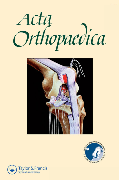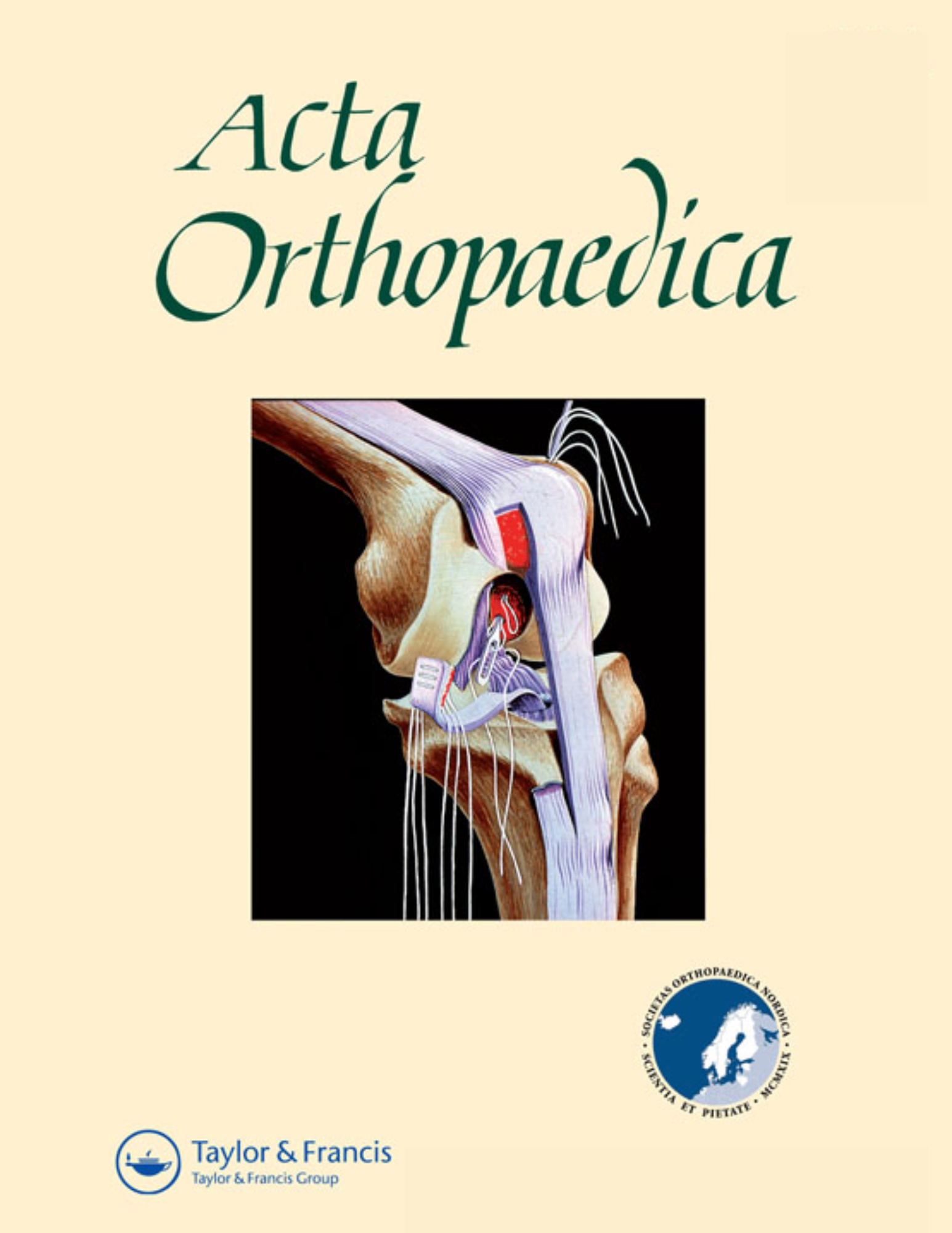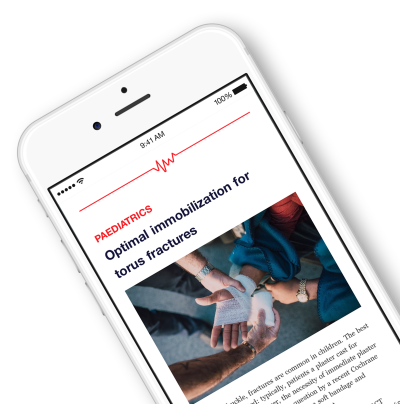
Acromioplasty does not reduce the rate of rotator cuff ruptures in shoulder impingement .
No difference in long-term development of rotator cuff rupture and muscle volumes in impingement patients with or without decompression
Acta Orthop. 2016 Aug;87(4):351-5140 patients with shoulder impingement syndrome were randomized to undergo arthroscopic acromioplasty followed by a home-based exercise therapy program, or an exercise therapy program alone. The purpose of this study was to evaluate if there were any significant differences between groups in the incidence of MRI-assessed rotator cuff tear, or muscle volume and fatty degeneration of the supraspinatus, infraspinatus, and subscapularis muscles, over a 5-year follow-up. The results demonstrated no significant difference in any of the listed outcomes.
Unlock the Full ACE Report
You have access to 4 more FREE articles this month.
Click below to unlock and view this ACE Reports
Unlock Now
Critical appraisals of the latest, high-impact randomized controlled trials and systematic reviews in orthopaedics
Access to OrthoEvidence podcast content, including collaborations with the Journal of Bone and Joint Surgery, interviews with internationally recognized surgeons, and roundtable discussions on orthopaedic news and topics
Subscription to The Pulse, a twice-weekly evidence-based newsletter designed to help you make better clinical decisions
Exclusive access to original content articles, including in-house systematic reviews, and articles on health research methods and hot orthopaedic topics
































































